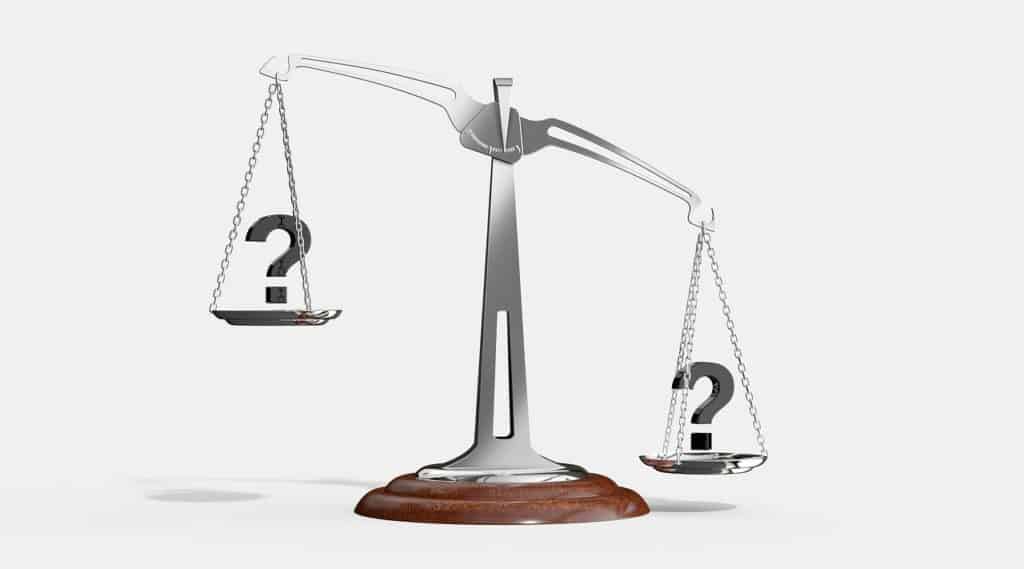Wondering why hotel email marketing is so important? According to Hubspot, 59% of marketers quote emails as their greatest source of ROI. Furthermore, the same amount of customers also stated that email marketing has an influence on what they purchase. So if you’re looking to increase your bookings, get reviews and maintain loyal customers, email marketing is a great strategy to do so.

Table of Contents
The steps for hotel email marketing
#1 Choose the appropriate email marketing software for your hotel
There are many different email marketing software programs that fit well with the hotel industry. One of the most well-known is Mailchimp, which gives you a free version for up to 2000 contacts – a great place to start. It also provides templates, scheduled sending, tracking and chat support. If you need a more advanced system, for example, you may want to try Salesforce.
#2 Import current customer data
If you’ve been using email marketing already, or have a customer database with emails, you can automatically turn this into an email marketing list. This is the first step towards understanding how to segment your hotel email list into specific groups and know who to send which emails.
Important note: If you’re using any sort of mass emailing software, make sure you get permission! Adding members to an email list without permission is punishable under GDPR (data privacy) regulations. Find out more about GDPR regulations for email marketing here.
#3 Research your target market
Take a look at your current hotel email list. What do your customers have in common? What are their demographic characteristics such as age, gender, and location?
Next, conduct an analysis of your website and social media accounts (if available). These will give you a comprehensive overview of what elements your campaign should consist of. Google Analytics is a fantastic free program that will help with this if you’ve integrated it into your website.
#4 Design your campaign
Using the data gathered from your analysis, design your email campaign based on your target market’s needs. Use the proper tone, set up emails to be sent at popular times, use suitable graphics for your audience, and include information that is relevant specifically for that audience.
#5 Monitor your campaign and then make adjustments
A crucial element of marketing in general is monitoring. Without tracking the success or your campaign, you can’t learn how to improve it. It takes a lot of experimentation at first to know how to find your sweet spot.
One common method to decipher more information about what’s working is A/B testing. This process involves creating 2 or more similar campaigns, implementing them, seeing which one or which elements are the most successful, then getting rid of the unsuccessful elements. Then repeat, repeat, repeat until you see better campaign results.

How to monitor email marketing campaigns (benchmarking)
The process of benchmarking involves analysing certain metrics to understand whether or not your campaign has been successful. There are four metrics that are essential to understand when it comes to email marketing for hotels.
Open rate
The open rate means the percentage of people from the total recipients who opened the email. It conveys if your readers are interested in your content, and particularly if you had a good subject line.
According to Mailchimp, the average open rate across all industries as of 2018 is 20.81%, and for travel it’s 20.03%.
Click through rate
The click through rate is the percentage of readers who clicked on your CTA and made it to the landing page. This metric conveys whether or not your email contains the proper elements to make the reader take the action you intended.
Mailchimp found that the average click through rate for the travel industry is 2%.
Bounce Rate
The bounce rate for email marketing describes the percentage of recipients who never received your email. This is often due to spam regulations, so if you have a high bounce rate, you may need to look into why most inboxes are categorizing your emails as spam.
It’s important to note here that this bounce rate is different than the one for websites. On a website, a bounce rate is when a user leaves your website after visiting only one page. So don’t confuse this with your metrics for the success of the landing page in your email.
Unsubscribe rate
The unsubscribe rate counts the number of recipients as a percentage of the total who unsubscribed for your email list. If many are doing this, it’s a good idea to see if you are reaching your target market appropriately.

Hotel email marketing best practices
Email opt in
Before you’ve started your email marketing campaign, you need to incorporate a method to continually add more emails to the list. This can be done in a wide variety of ways, but should always include a checkbox for permission.
Some methods are:
- At the end of blog articles through a form
- Embedded into your website’s landing pages
- Pop up forms on your website
- When a booking is confirmed
- Referral sign ups
- Sharing a sign up link on social media
CTA
A CTA, or Call To Action, is an essential part of email marketing because it prompts the reader to take a specific action that brings them closer to making a purchase. It’s typically in the form of a clickable button that leads a user to a certain landing page. It should be a bright color, or at minimum, is easily distinguishable from your other graphics and is easy to find. Two to five words are typically enough for a good CTA, and it should involve a verb that evokes a sense of urgency.
Landing page
As mentioned on the CTA section, all CTAs need to be connected to a landing page. A landing page means a specific page designed for readers to make a certain action. For hotels, this could be a page with a download for more information, a way to retrieve a discount, or to directly make a specific booking (think seasonal, limited time offer). Without having a landing page that your readers connect to, any email marketing campaign will have trouble finding success.
Subject line
The subject is arguably the most important element of your email marketing campaign because it’s what causes a reader to click on it or not. Basically, if it’s not interesting, people won’t open the email. A good subject line is around 50 characters (here’s a character counter) and should explain what the reader will find in the email.
One noteworthy tip for subject headlines is to use emojis. Forbes reported that emails with emojis in the subject headline had a higher open rate than those that didn’t for more than half the brands analysed.
Graphics
Having suitable graphics not only helps to organize the email layout so that it looks fancy, they also speak directly to your target audience. If you are a luxury hotel for business people, for example, it wouldn’t make sense to include tons of images about budget-friendly destinations near you. The images need to match what the audience expects for your hotel, because it also reflects upon branding. Even the colors you choose should match your brand and the tone you want to convey.
Copy (text)
Many businesses overlook the importance of copy (written text) in many types of marketing, but having the right copy goes a long way. In the same way that your graphics should match your target audience, so too should the copy. Using the same example with business people, your hotel email should likely have a more formal tone and not use a lot of slang and idioms. The spacing of the copy is also importance and should be adequately balanced with the graphics.

Important topics when using email marketing for hotels
Booking confirmations
Most businesses provide a confirmation after a purchase, so too in the hotel industry. But a confirmation has an additional function when it comes to email marketing, especially if it’s a first purchase. This confirmation provides access to this user’s email, so you can automatically use email marketing to reach that person, no matter whether they cancel or rebook (provided they gave permission).
Booking reminders or more information
Booking reminders of course remind a customer about their booking, but they also include a clever additional purpose: upselling. If you have a partnership with any local businesses, for example a spa or airport transfer service, you can offer your customer a discount, an absolute win-win for you and any affiliate partners you may have.
Post-stay thank you emails for reviews
A great way to entice a long-term relationship with a satisfied (or even dissatisfied) customer is to send emails after their stay with the opportunity to leave a review. Reviews give the customer the opportunity to leave feedback, which increases your credibility as a company. Or in the case of a bad review, it also gives you an opportunity to solve the problem publicly.
Loyalty emails
Loyalty emails are for previous customers that you want to continue or strengthen your relationship with. If they booked with you previously, you can send emails to entice new bookings such as with refer a friend offers (Booking.com has a fantastic example for this), discounts or limited time offers for things like seasonal holiday bookings, as well as sharing your blog content to inspire travel to your area.
Have more questions? Be sure to join our Hoteliers Elite Facebook group, we will be happy to help you!
Leave A Comment